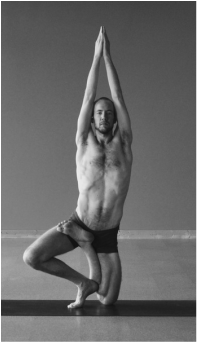|
Each teacher has a different style of teaching. Some practice with the students, doing every posture while describing the motions. Others are mostly verbal and occasionally demonstrate. Others are completely verbal, using only explanations to lead the students through the practice. These teachers do not demonstrate at all; it is especially common in my tradition - Ghosh yoga - including Bikram.
As teachers it is important for us to consider how our students learn; how any students learn. Imitation is one of the most basic and powerful forms of learning. We see it as children develop - they do what their parents, older siblings and peers do. This is called Mirroring; when we imitate an action because we have seen someone else, especially an authority or role model, do it. Bringing this concept into the yoga realm is easy enough. Our students will learn better and faster if they have role models to mirror - if we demonstrate what they are supposed to do instead of just describing it. This is a huge improvement we can make to the Ghosh and Bikram traditions that function largely on verbal cues. If we add demonstration to the cues, the students will comprehend more readily and progress faster in the right direction. They will learn from seeing someone execute the postures correctly.
0 Comments
Leave a Reply. |
This journal honors my ongoing experience with the practice, study and teaching of yoga.
My FavoritesPopular Posts1) Sridaiva Yoga: Good Intention But Imbalanced
2) Understanding Chair Posture 2) Why I Don't Use Sanskrit or Say Namaste 3) The Meaningless Drudgery of Physical Yoga 5) Beyond Bikram: Why This Is a Great Time For Ghosh Yoga Categories
All
Archives
November 2017
|


 RSS Feed
RSS Feed